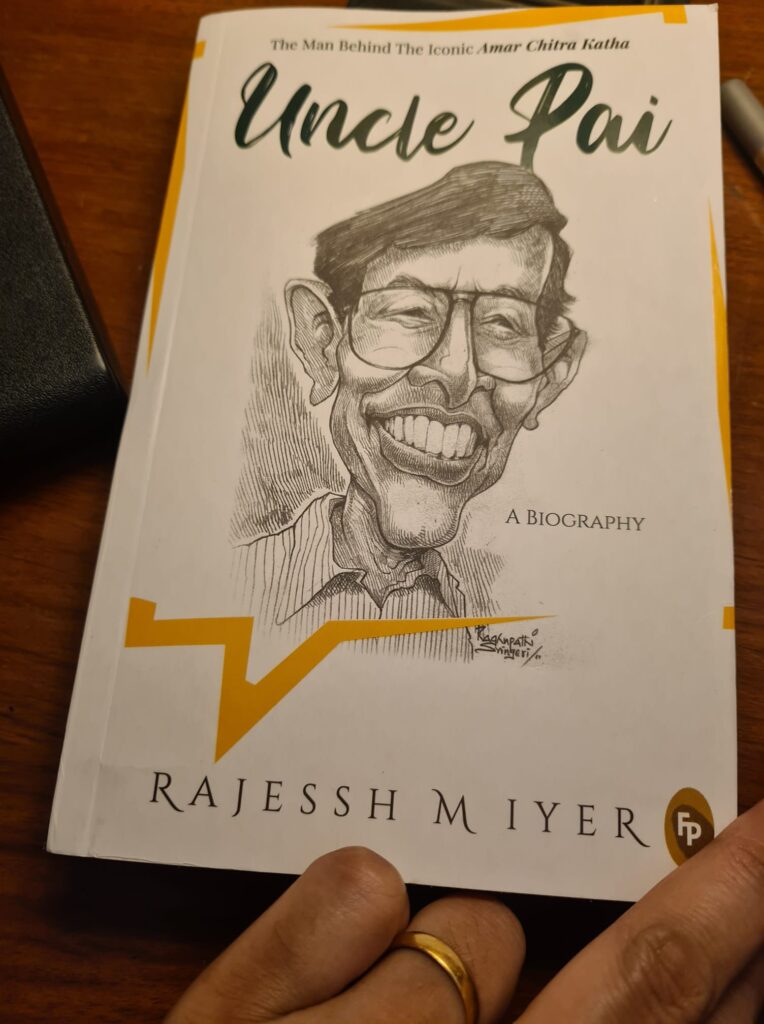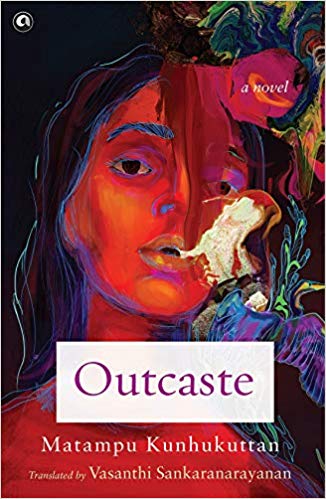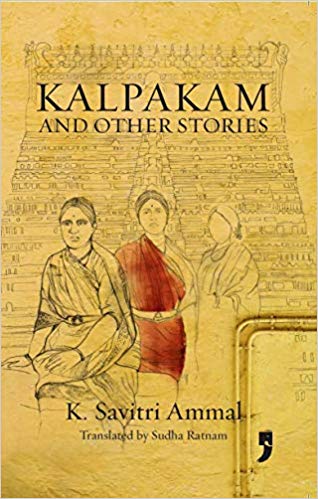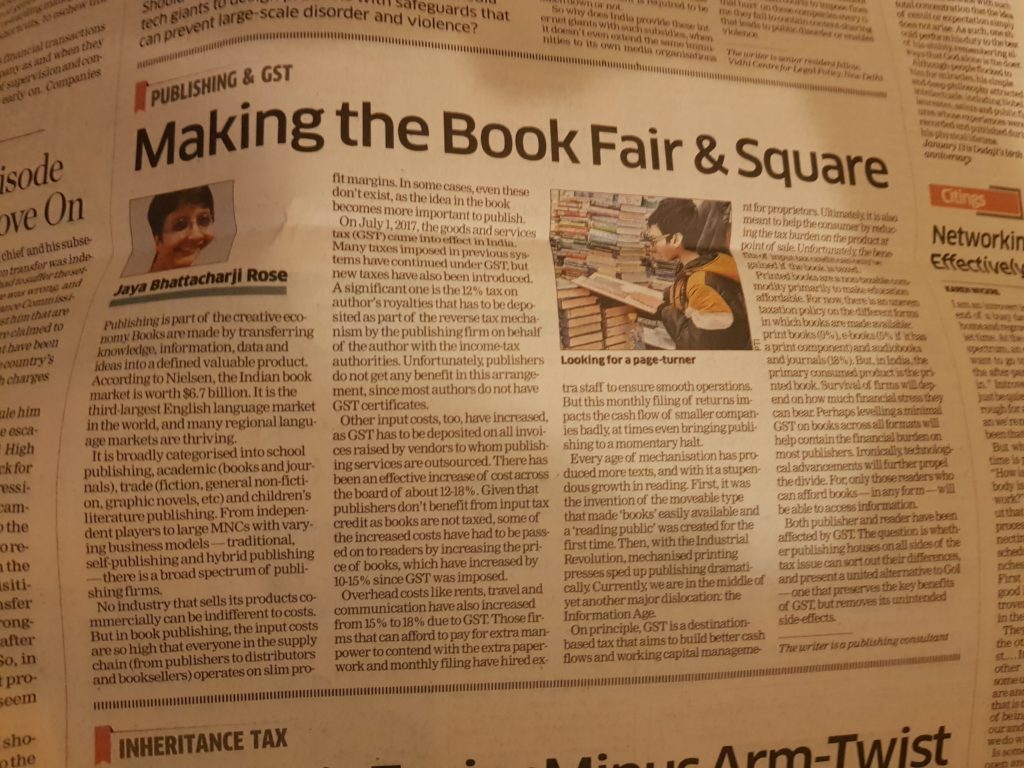“Uncle Pai” by Rajessh M. Iyer

Uncle Pai: The Man Behind the Iconic Amar Chitra Katha by Rajessh M. Iyer— I began reading this biography of Anant Pai with interest (published by . Instead it borders on being a hagiography and capitulating to modern sensibilities. It would have been a tremendous effort if the author had made an attempt to make it a biography with gravitas, researched the period, the genre and the subject of his book a little more diligently. For instance, elaborated upon the debate triggered by well-known historian Sumit Sarkar in 1993 as the comics promoting a Hindu cultural ideology that helped fundamentalist organisations. The author dismisses this as “this couldn’t be farther from the truth”. It is at such points in the book that the reader wishes a little more effort had been made to research the history of ACK and the phenomenal role of Anant Pai. Instead frustratingly, nothing more is forthcoming. Plus, added a bibliography of materials consulted. I am disappointed as I enjoy reading biographies and always hope to learn more about the period of time in which the person lived. With Anant Pai, it is always a pleasure to read about his legendary contribution to India’s publishing history with the creation of the Amar Chitra Katha comics. These are a series of illustrated stories in the comic book form that are synonymous with tales from the Hindu epics but slowly evolved into also sharing folklore, tales from Indian history, Jataka Tales, stories about Akbar & Birbal, Tenali Rama etc. They were known to be simultaneously published in multiple Indian languages using the model of syndication. Some of the earliest artists and writers who were commissioned to create stories were not amused as their copyright was taken away. Whereas Pai himself stood to gain from the sales of the comics as per the deal struck with the owners of IBH. He was offered a monthly payment as well as a percentage of the sales, making him part-stakeholder in ACK. A win-win situation with hindsight but at the time of signing, Pai accepted the deal on pure faith that he had a good idea of making perennial favourite stories available as comics, modelled upon the popular American series “Classics Illustrated”. Unfortunately, I abandoned reading this book when I came upon the chapter on “illustration styles and Anant Pai’s background”. In It, the author, chooses to dwell upon the Hindu cultural sensibility, the influence of Raja Ravi Verma and calendar art as being some of the prime motivations for ACK’s characteristic style of drawing mythological figures. Years ago, I read a comment by Uncle Pai in an essay where he categorically stated that there had been innumerable influences upon his artwork but there was no denying that he also turned to the big names of Hollywood of the day as models for his characters. “Uncle Pai” does not even so much as have a passing reference to the popular cultural references that may have impacted ACK’s sensibilities. The book could easily have soared as a publishing history but it seems to lumber on. Plus, the boxes of information scattered throughout the text make it very cumbersome to read. They are tantamount to throwaway lines that are too laborious to develop as ideas in the main narrative. Ideally the points and comments made in these boxes should have been incorporated as one text. It would have made for a smoother narrative.
Here’s hoping that the second and revised edition of this book is much improved for we could do with a good biography of the legend Uncle Pai.
23 Sept 2021



